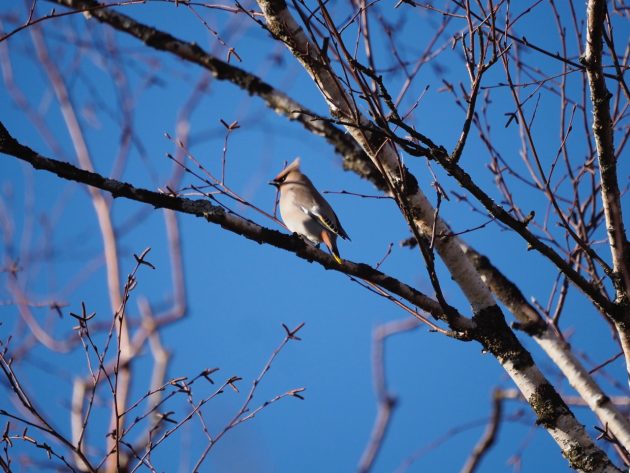[adinserter block=”1″]
Bohemian Waxwings are the rock stars of the fowl world. No different fowl on the British checklist has fairly the identical attract, or potential to tempt individuals to journey lengthy distances to see them. It’s not tough to see why. For a begin, they’re terribly stunning birds, and there’s nothing else fairly like them. Given a very good view, you may’t probably confuse one with every other fowl (aside from its North American cousin, the Cedar Waxwing, an exceedingly uncommon vagrant on this aspect of the Atlantic). Secondly, a lot of the enchantment is that it is a fowl we don’t see within the UK fairly often, for Waxwings are an irruptive species, and in most years just a few ever attain our shores from their breeding grounds within the boreal forests of Scandinavia.
Nevertheless, in a Waxwing winter corresponding to we’ve got simply loved, these birds can arrive in Britain of their lots of and even hundreds. The primary birds invariably arrive on the east coast of Scotland or northern England in late October and early November. These are the superior guard, for they’re normally adopted by many extra, with flocks showing all the way in which alongside the east coast. Right here some will stay for days, or, if the berry provide is sweet, weeks, however others head inland virtually without delay, and it’s normally not lengthy earlier than flocks flip up in western Britain and even Eire. They’re quick and environment friendly fliers, fairly able to protecting appreciable distances in a short while. By the way, in flight they are often confused with Starlings, for his or her measurement is analogous, and so they journey at the same pace.
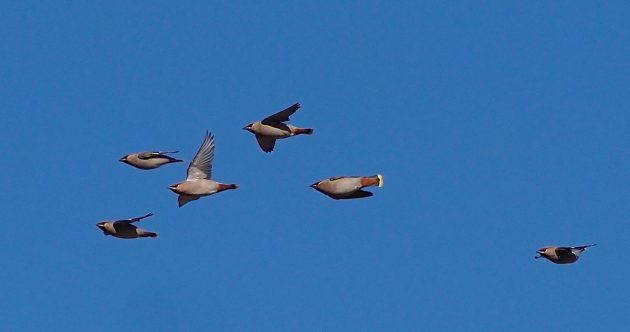
Ringing recoveries give some thought of how shortly these birds can journey. A fowl ringed close to Helsinki, Finland, in October 1970 was discovered lifeless, 18 days later, within the Scottish west-coast city of Stranraer, a distance of 1,800km and a minimal pace of 100km per day. Nevertheless, there have been few recoveries of international ringed people within the UK, for these are birds of the northern forests the place few are ever trapped and ringed. By the way, their vary is large and circumpolar, extending from Scandinavia throughout Siberia to Kamchatka, and from central Alaska and British Columbia east to Hudson Bay.
For a few years Waxwings have been my bogey birds that I saved on lacking. I’m not a twitcher, however I ultimately determined that this was a fowl that I actually did wish to see, so once I heard of a small flock frequenting rowan bushes in a residential street within the Suffolk coastal city of Ipswich I made a decision to try to see them. A younger good friend, David Tipling, travelled with me from Kent. On the time I used to be writing about automobiles, so I recall we travelled in a road-test Porsche. (This was memorable, as late within the day the automobile bought a puncture, and we needed to limp dwelling at 50mph on a thin space-saver spare.)
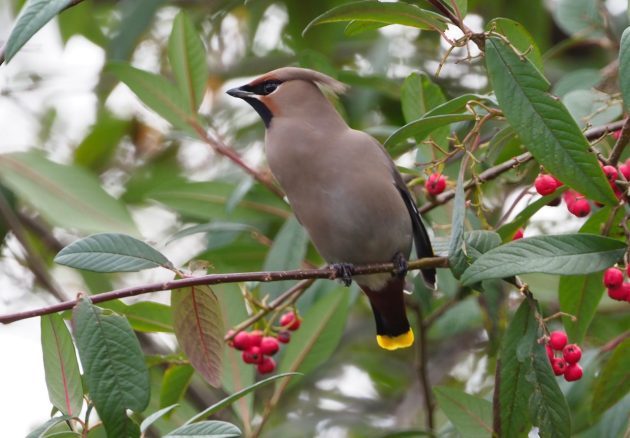
We discovered the quiet residential street the place the Waxwings had been reported with none drawback (this was lengthy earlier than satellite tv for pc navigation programs have been obtainable). A number of different would-be Waxwing watchers have been already there, in contrast to the birds themselves. One of many residents popped out to inform us that that they had been seen earlier, however not for a few hours. We sat for an hour ready for them, however ultimately gave up as they failed to indicate. Nevertheless, we had heard of one other Waxwing frequenting a residential street a couple of miles away in Nice Yarmouth, so I gunned the Porsche (nonetheless with 4 good tyres) north. We ultimately discovered our fowl, sitting considerably forlornly all by itself on a tv aerial. I duly ticked my Waxwing, but it surely was a memorably disappointingly sighting.
I’m happy to report that I’ve loved many sightings within the 35 years since, each one a terrific deal extra satisfying than that first fowl. The largest flocks I’ve seen have been within the Finnish city of Oulu, simply south of the arctic circle, in December. I keep in mind watching them on a bitterly chilly day when there was treasured little daylight, however the deep snow that carpeted the bottom mirrored what little mild there was. The birds have been feeding with apparent urgency on rowan berries, their favoured winter meals. It’s when the rowan crop fails that they irrupt south.
I’ve managed to see them, too, on their breeding grounds in Finland in summer time. They’re difficult to seek out when breeding within the damp, mossy forests they like – right here they favour comparable habitat to Siberian Jays and Siberian Tits, and the much more elusive Crimson-flanked Bluetail. In summer time they swap from a weight loss program of berries to certainly one of bugs – there’s by no means a scarcity of mosquitoes in these forests in summer time.
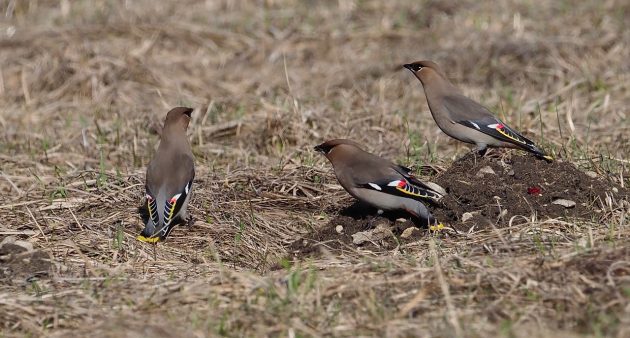
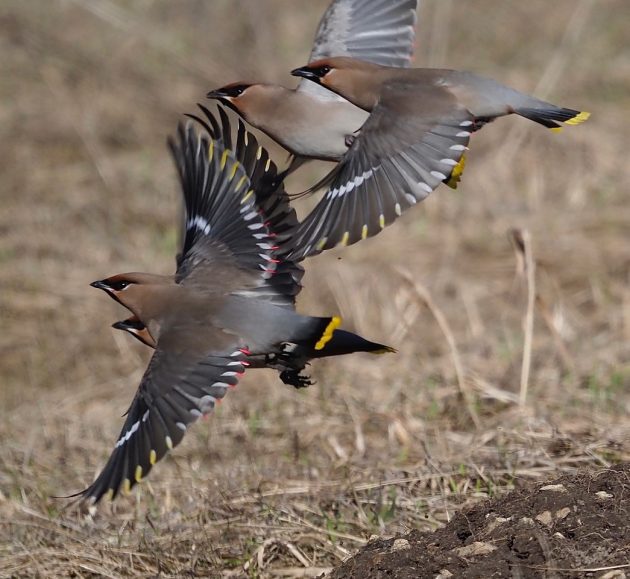
Aside from these Finnish summer time sightings and a short July encounter in Canada’s Northern West Territories close to Nice Bear Lake, most of my Waxwing encounters have been in winter. A 12 months in the past I used to be delighted to discover a small flock in Estonia – it might have been late March, and so (in concept no less than) spring, but it surely actually felt extra like winter. These birds alerted me to their presence by their pleasant ringing calls. They carried out in traditional Waxwing trend by feeding shortly on Guelder Rose berries, then flying again to a big tree to digest their dinner for a couple of minutes, earlier than flying down once more to grab a couple of extra berries. Curiously, in addition they flew all the way down to the bottom on a few events, however they didn’t cease for lengthy earlier than flying again to their favoured tall tree. I by no means did uncover what was attracting them to the bottom.
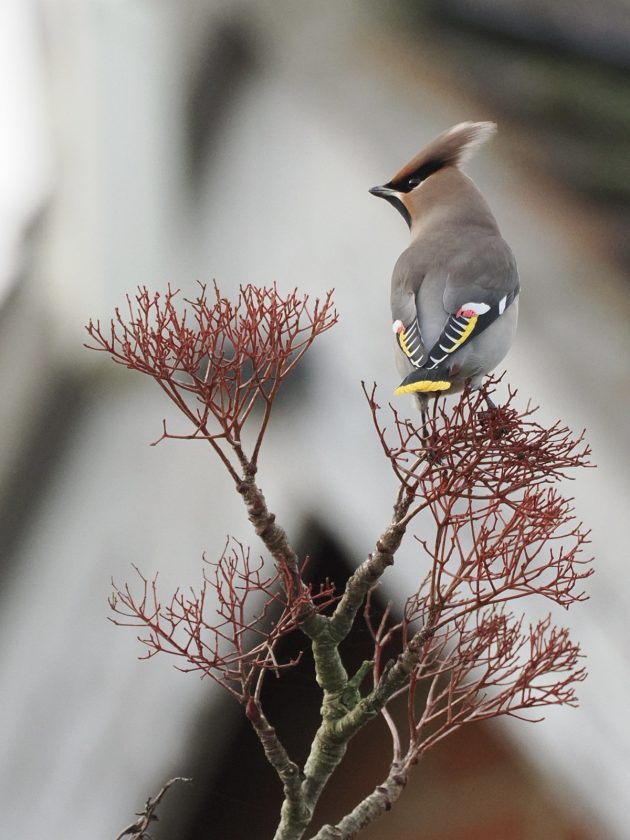
This previous winter has been an distinctive one for Waxwings in Britain, with flocks and small teams unfold all through the nation. I anticipated to return throughout a flock or two within the late autumn, however I solely noticed a single lonely particular person, scoped at lengthy vary sitting in a Norfolk hedge. In the meantime, my good friend Martin Garwood, who lives 100 miles south of me in Kent, was having fun with every day encounters, and sending me gorgeous pictures (such because the traditional portrait above) of the birds he had seen. There was even one flock he photographed from his bed room window. Although he insists the sunshine was poor, his ensuing picture (beneath) is sort of pleasant, and conveys one thing of the magic of watching a feeding flock. Waxwings are remarkably acrobatic birds, as Martin’s busy shot exhibits so properly.
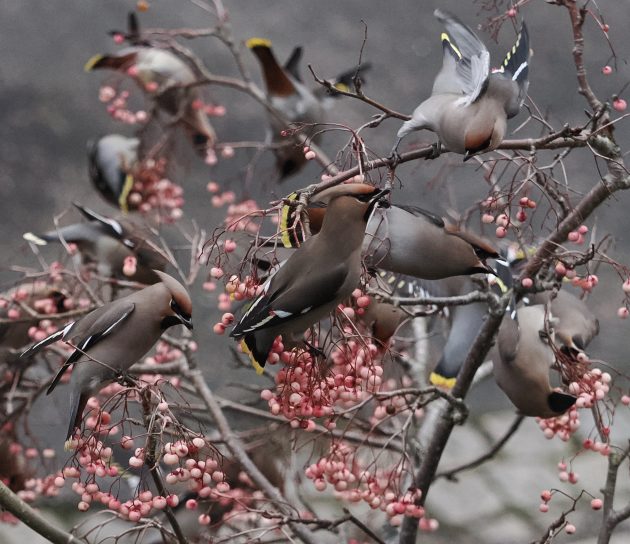
Frustratingly, no flocks appeared wherever close to my Suffolk dwelling. I used to be beginning to suspect that the winter would cross me by with no passable encounters with these stunning birds. Nevertheless, a flock of over 30 was being recorded every day from Norwich Analysis Park, which is simply 20 miles from dwelling, so I ultimately gave in and went to see them. Remarkably, I discovered them immediately, although no one else was watching them. The Analysis Park clearly supplied good habitat, with a lot of decorative berry-bearing bushes, so it was apparent why the flock had stayed there for thus lengthy.
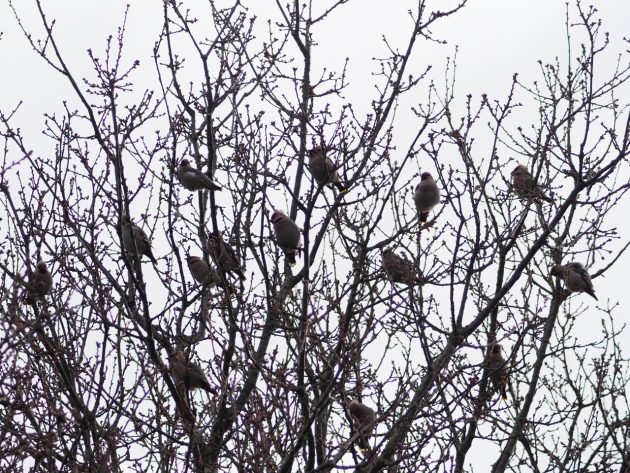
I used to be entertained as they commuted between a tall oak tree, the place they favored to sit down and digest (above), and a close-by cotoneaster tree that was smothered in shiny crimson berries. My most depend was 33 people. Regardless of the sunshine being poor, I did handle to seize some satisfying pictures (see beneath). They have been actually well worth the effort to go and see them, whereas it’d properly be some years earlier than we take pleasure in one other Waxwing winter pretty much as good as this one has been.
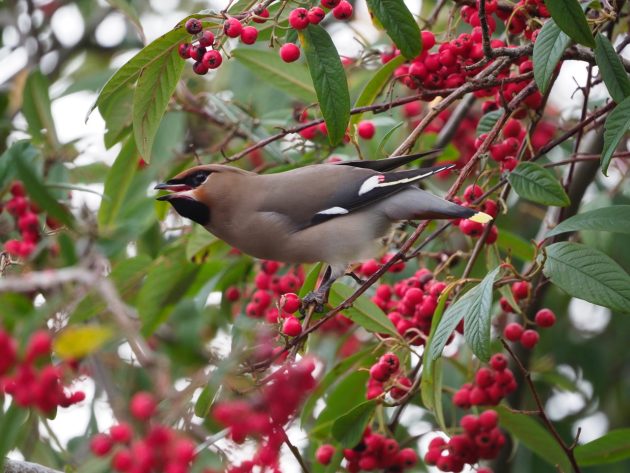
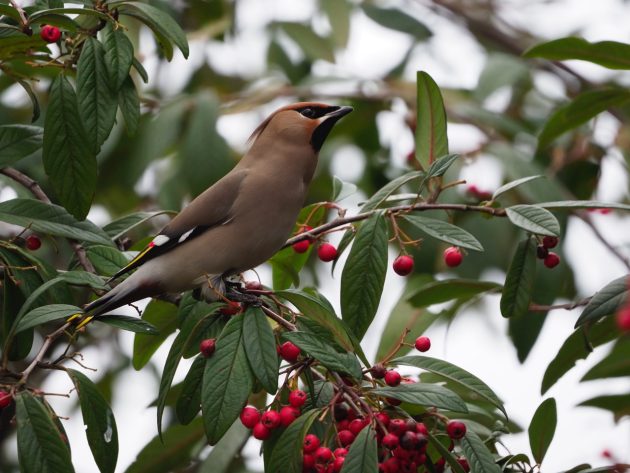
[adinserter block=”1″]
Source link

